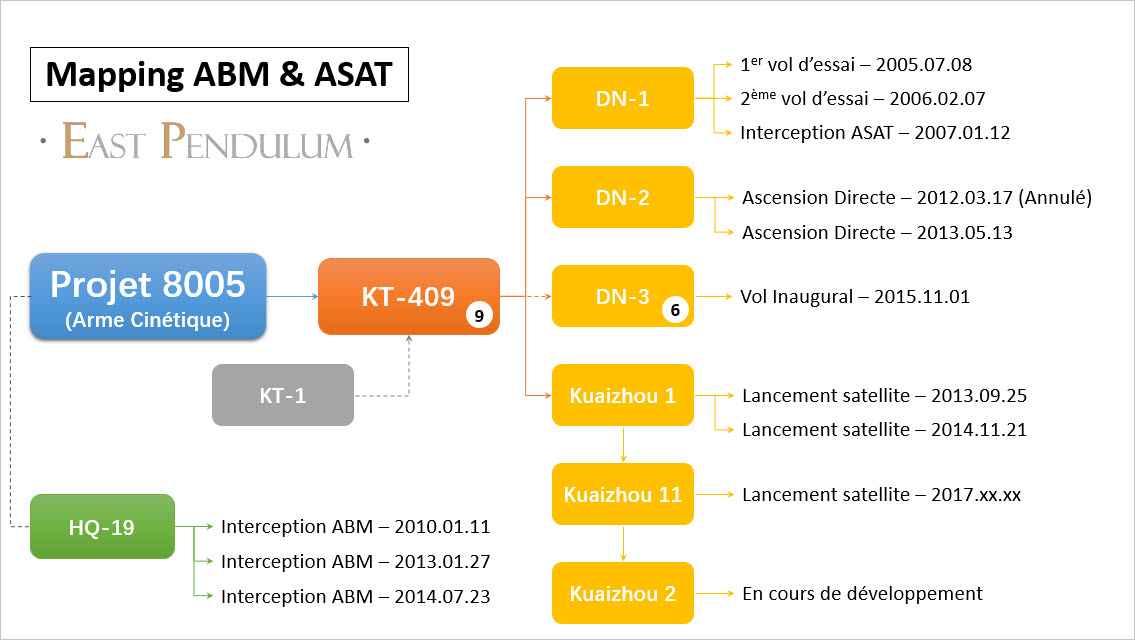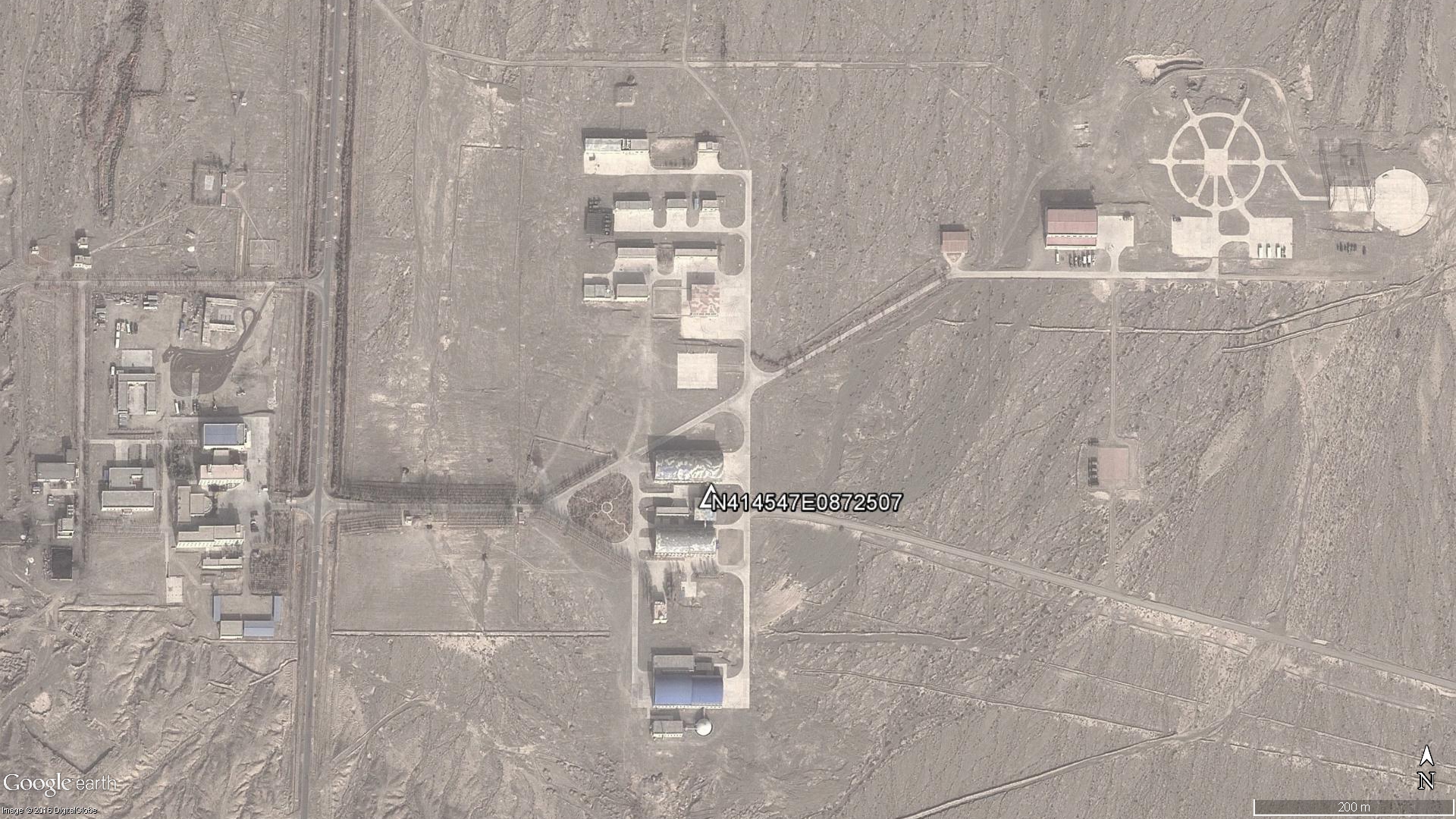SinoSoldier
Colonel
China test another ASAT Free beacon
DN-3 test contrails
BY:
November 9, 2015 5:00 am
China recently conducted a flight test of a new missile capable of knocking out U.S. satellites as part of Beijing’s growing space warfare arsenal.
The test of a Dong Neng-3 exoatmospheric vehicle was carried out Oct. 30 from China’s Korla Missile Test Complex in western China, said two defense officials familiar with reports of the test.
A Chinese press report also provided details of what was said to be a missile defense interceptor flight test carried out Nov. 1. Photos of the missile’s contrails were posted online.
DN-3 test contrails
However, the defense officials said the DN-3 is primarily a direct-ascent missile designed to ram into satellites and destroy them, even if intelligence assessments hold that the weapon has some missile defense capabilities.
The DN-3 flight test was the eighth time China carried out an anti-satellite missile test. An earlier test occurred in July 2014, which China also asserted was a missile defense test.
State Department and Pentagon officials declined to comment on the anti-satellite test.
A Chinese Embassy spokesman said: “I don’t have detailed information about the missile test you mentioned.”
“China advocates for the peaceful use of outer space, and opposes space weaponization or arms race in space,” the spokesman said in an email.
A State official referred to a from February by Frank Rose, assistant secretary of State for arms control, verification and compliance, who commented on the 2014 test.
“Despite China’s claims that this was not an ASAT [anti-satellite] test; let me assure you the United States has high confidence in its assessment, that the event was indeed an ASAT test,” Rose said.
“The continued development and testing of destructive ASAT systems is both destabilizing and threatens the long-term security and sustainability of the outer space environment,” he added.
China’s most disruptive ASAT test occurred in January 2007 when a direct ascent missile destroyed a Chinese weather satellite, creating tens of thousands of debris pieces that pose a continuing danger to both satellites and manned spacecraft, like the International Space Station.
Rose said the secrecy surrounding China’s ASAT program is preventing any U.S. cooperation with Beijing on space. Cooperation will only possible after “China changes its behavior with regard to ASATs,” he said.
Documents disclosed by Wikileaks revealed that the United States and Asian allies issued protests to China over a January 2010 flight test of an anti-satellite missile from an SC-19 rocket booster.
DN-3 test contrails
It could not be learned if protests were lodged over the Oct. 30 test.
China’s Guancha.com Nov. 1 that the unusual contrails near the city of Korla, in Xinjiang province, that appeared to be signs of a spacecraft launch or possibly “a midcourse anti-missile test.”
“In recent years, similar clouds have appeared over the skies of Xinjiang many times,” the report said. “A few of them have been linked to land-based midcourse anti-missile interception tests.”
Hong Kong’s Ming Pao then reported Nov. 4 that the test appear to be a “final-phase missile interception test had been conducted in the upper atmosphere.”
“The capability to intercept was one of the capabilities of the PRC Hongqi-19 missile, and may be employed to intercept high supersonic gliding targets on the offensive,” Ming Pao stated.
A forthcoming report by the congressional U.S.-China Economic and Security Review Commission contains an entire chapter on China’s military and civilian space capabilities.
The report discusses two anti-satellite missiles, the SC-19 and the larger DN-2, which are meant to be fired in pre-determined flight paths as a satellite passes over Chinese territory.
Henri K. is convinced that the missile was a HQ-19 and that the report deliberately altered it as to tarnish the reputation of the Chinese.


